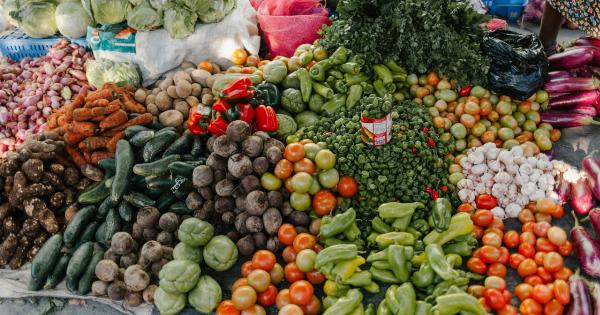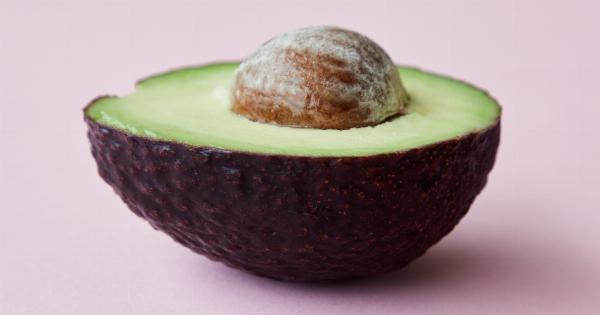Calcium is a mineral that is important for strong bones and teeth, muscle function, and nervous system health. While dairy products are often seen as the primary source of calcium, there are many alternative sources of this essential nutrient.
For individuals who are lactose intolerant, vegan, or simply looking to broaden their nutrition intake, there are many ways to get calcium from non-dairy sources. In this article, we will explore some of the top alternative calcium sources beyond dairy products.
Dark Leafy Greens
Dark leafy greens such as kale, collard greens, and spinach are excellent sources of calcium. A cup of cooked collard greens provides over 250 milligrams of calcium, while a cup of cooked spinach has over 240 milligrams.
These greens are also rich in other vitamins and minerals, making them a healthy addition to any diet.
Sesame Seeds
Sesame seeds are a great source of calcium, with a quarter cup providing over 350 milligrams. They are also high in protein and healthy fats, making them a versatile addition to meals.
Sesame seeds can be sprinkled over salads, used in homemade hummus or tahini, or incorporated into stir-fries.
Tofu and Tempeh
Tofu and tempeh are plant-based protein sources that are also high in calcium. A half-cup of tofu made with calcium sulfate contains about 400 milligrams of calcium, while a half-cup of tempeh has around 100 milligrams.
These foods can be used in a variety of dishes, from stir-fries to soups and stews.
Almonds
Almonds are a delicious and nutritious snack that are also a good source of calcium, with a quarter cup providing around 95 milligrams. They are also high in healthy fats, protein, and fiber, making them a satiating and energizing snack option.
Almonds can be enjoyed on their own or used in homemade granolas and trail mixes.
Salmon and Sardines
Fatty fish such as salmon and sardines are not only rich in omega-3 fatty acids, but also in calcium.
A three-ounce serving of canned salmon with bones contains around 180 milligrams of calcium, while the same serving of sardines contains about 325 milligrams. These fish can be enjoyed grilled, baked, or canned.
Fortified Foods
Many foods are fortified with calcium, meaning that they have had calcium added to them during processing. This can include foods such as orange juice, breakfast cereals, and plant-based milks.
Check the label of these products to see how much calcium they contain per serving.
Beans and Legumes
Beans and legumes such as chickpeas, black beans, and lentils are not only high in protein and fiber, but also contain significant amounts of calcium.
A half-cup of cooked chickpeas contains around 80 milligrams of calcium, while the same serving of black beans has around 60 milligrams. These foods can be used in a variety of dishes, from salads to soups and stews.
Broccoli
Broccoli is a cruciferous vegetable that is rich in many essential vitamins and minerals, including calcium. A cup of cooked broccoli contains around 60 milligrams of calcium.
Broccoli can be steamed, roasted, or sautéed for a healthy and delicious side dish or addition to salads.
Figs
Figs are a sweet and nutritious fruit that are also high in calcium, with a half-cup of dried figs containing around 120 milligrams. They are also a good source of fiber and other minerals such as potassium and magnesium.
Figs can be enjoyed on their own as a snack or added to oatmeal or yogurt for a tasty breakfast option.
Seaweed
Seaweed such as nori, wakame, and kelp are nutrient-dense foods that are also high in calcium. A half-cup of cooked wakame contains around 35 milligrams of calcium, while a sushi roll made with nori can contain up to 60 milligrams per sheet.
Seaweed can be used in a variety of dishes, from sushi to salads and soups.
Conclusion
While dairy products are a popular source of calcium, there are many alternative sources of this essential nutrient.
From dark leafy greens and sesame seeds to salmon and sardines, there are many delicious and nutritious foods that can help individuals meet their calcium needs. By incorporating a variety of these foods into their diet, individuals can ensure that they are getting all of the vitamins and minerals their body needs to function optimally.




























